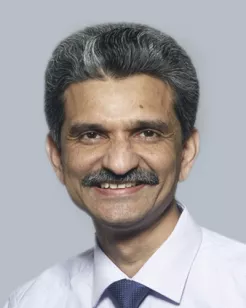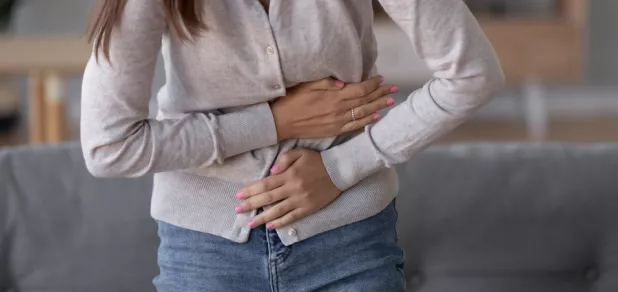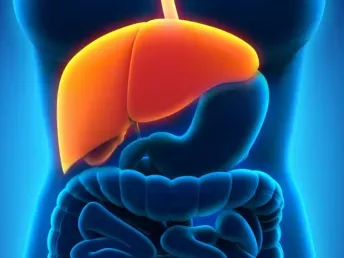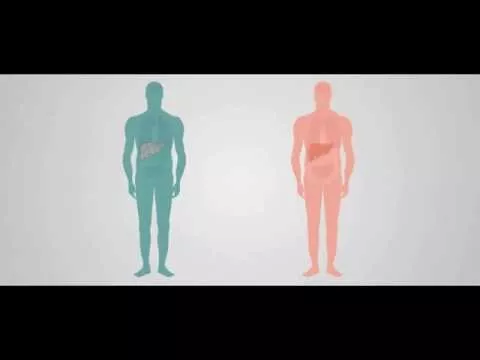What is GERD Endotherapy?
GERD (gastroesophageal reflux disease) endotherapy refers to various minimally invasive endoscopic procedures used to treat the symptoms of GERD, which is a chronic condition in which stomach acid flows back into the esophagus, causing heartburn, regurgitation, and other uncomfortable symptoms.
Endoscopic procedures involve the use of a flexible tube with a camera and other instruments inserted through the mouth and into the digestive tract to diagnose and treat various conditions. GERD endotherapy techniques typically involve using the endoscope to apply heat or radiofrequency energy to the lower esophageal sphincter (LES) to strengthen it, or to create small burns or abrasions on the inner lining of the esophagus to promote healing and reduce reflux.
Examples of GERD endotherapy techniques include radiofrequency ablation (RFA), transoral incisionless fundoplication (TIF), and endoscopic suturing. These procedures can be effective in reducing or eliminating GERD symptoms in some patients.
Why and when GERD Endotherapy is recommended?
GERD endotherapy may be recommended for individuals with gastroesophageal reflux disease (GERD) who experience symptoms such as heartburn, regurgitation, chest pain, or difficulty swallowing that are not effectively controlled by lifestyle changes or medication.
Endotherapy procedures may be recommended if an individual:
- Continues to experience symptoms despite lifestyle changes (e.g., avoiding trigger foods, losing weight, quitting smoking) and medication therapy (e.g., proton pump inhibitors, H2 blockers)
- Suffers from medication side-effects or does not wish to continue medication long-term
- Has an increased risk of complications from long-term medication use (e.g., osteoporosis, kidney disease)
- Wishes to avoid surgery
GERD endotherapy procedures are typically considered for individuals with mild to moderate GERD symptoms who do not have severe esophageal inflammation or complications such as strictures or Barrett's esophagus. The specific procedure recommended will depend on the individual's symptoms, medical history, and overall health.
It is important to note that GERD endotherapy procedures are not appropriate for everyone with GERD, and the risks and benefits should be carefully weighed before proceeding.
How is GERD Endotherapy different from other conventional treatment?
GERD endotherapy differs from other conventional treatments for gastroesophageal reflux disease (GERD) in several ways:
Minimally invasive: GERD endotherapy procedures are minimally invasive and do not require major surgery or general anesthesia. This means that there is less risk of complications and a faster recovery time compared to traditional surgical procedures.
Targeted: GERD endotherapy procedures target the underlying cause of GERD, which is a weak lower esophageal sphincter (LES) that allows stomach acid to flow back up into the esophagus. Other treatments such as medication aim to reduce the symptoms of GERD by reducing the amount of acid in the stomach or by neutralizing acid already in the stomach, but not address the underlying problem.
Long-lasting: GERD endotherapy procedures can provide long-lasting relief of GERD symptoms for some individuals. The effects of medication are typically temporary and require ongoing use to manage symptoms.
No medication side effects: GERD endotherapy procedures do not involve medication and therefore do not have the side effects associated with long-term medication use, such as kidney disease or bone loss.
Individualized: GERD endotherapy procedures are tailored to each individual's symptoms and anatomy. This allows for a customized treatment approach that may be more effective than a one-size-fits-all approach to medication.
How is life after GERD Endotherapy?
Life after GERD endotherapy can vary depending on the individual, the specific procedure performed, and the severity of their GERD symptoms. In general, most individuals can expect a significant reduction in their GERD symptoms and an improved quality of life following endotherapy.
In the days following the procedure, some individuals may experience mild discomfort or difficulty swallowing, but this typically resolves quickly. Most people can return to their normal activities within a few days, although strenuous physical activity may need to be avoided for a short period.
After the procedure, it is important to follow any instructions or dietary restrictions provided by the healthcare provider. Some individuals may need to avoid certain foods or behaviors that trigger their GERD symptoms, such as alcohol, caffeine, or smoking. Others may need to take medication to manage their symptoms, although the need for medication is typically reduced or eliminated following endotherapy.
Long-term follow-up care may be necessary to monitor for any complications and ensure that the procedure was successful in reducing symptoms. Some individuals may need additional endotherapy procedures or other treatments in the future if their symptoms return.
Overall, life after GERD endotherapy can be significantly improved for individuals who previously struggled with GERD symptoms.
Blogs
The source of trustworthy health and medical information. Through this section, we provide research-based health information, and all that is happening in Aster Hospital.
















